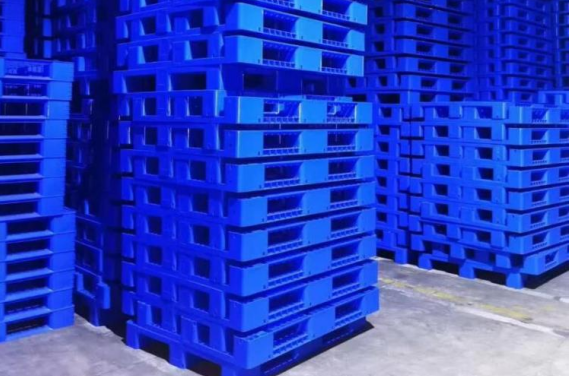-
Time:4/2/2025
-
Time:3/31/2025
-
Time:2/19/2025

- CONTACT US
- [email protected]
Production and Use Characteristics of Plastic Trash Can
 Time:1/15/2021
Time:1/15/2021 4470
4470The plastic garbage can has strong acid resistance, alkali resistance, corrosion resistance and weather resistance, and can be used normally in the environment of - 30 ℃ ~ 60 ℃. In terms of use, what are the characteristics of the plastic garbage can?
(1) The plastic garbage can is easy to handle and uses energy-saving materials. In use, it reduces a lot of costs and improves the service life of the garbage can. More families, the use of garbage is very common, such as: bedroom, kitchen, bathroom, living room, etc., used in any place, in daily life can reflect the characteristics of energy saving and environmental protection.
(2) Easy to clean is also one of the advantages of plastic trash, but also reflects the design concept of waste treatment.
(3) Plastic trash can can have a good use in many environments. Under the control of the environment, we also need to beautify their lives and reduce the breeding of bacteria.
The plastic trash can is made of density impact resistant polyethylene by injection molding. It has a closed structure with cover to avoid garbage spilling. The cover is tightly filled and the can body will not deform for a long time. High density impact resistant polyethylene (HDPE) is used for one-step injection molding of the can body and cover. Anti heat, anti freezing and anti-corrosion chemicals. The melting temperature of raw materials used is not lower than 120 ℃, the spontaneous combustion temperature is not lower than 350 ℃, the softening temperature is not lower than 110 ℃, and the low temperature resistance can reach minus 20-30 ℃. It can be overlapped with each other, convenient for transportation, saving space and cost, and is widely used in various environments.















